We had the pleasure of Tom Heaton, Game Director at Supermassive Games, to answer a few questions with regards to The Devil in Me. The game, much like the others in the The Dark Pictures Anthology, is a cinematic, narrative horror game where your choices matter. The Devil in Me is the fourth game of the anthology, and is also the Season One finale.

Without further ado, let’s jump right in. You can check out our article on the press keynote presentation here.
AS INSPIRED BY THE CLASSICS
All the previous games in The Dark Pictures Anthology have had a slew of movies they’ve taken inspiration from. However, there’s no way you could simply copy them wholesale. Heaton reveals they watch these movies, and other sources, because they know that us as the players, are familiar with them. They make note of the story beats and analyze them, finding the places where they need to include anything from something to happen, a murder, a revelation, or a twist.

Knowing the source material means they can learn how to borrow or subvert those elements, as well as include various nods for the discerning player who understand the reference.
“At a certain point, the narrative gets a life of its own, and we’re finding our own cool things to put in.”
The progression of the anthology has allowed each game in the series to have their own completely unique story, cast, and settings, drawing from different genres. House of Ashes is considered a creature feature, a monster movie based on vampire myths. Throw in the military and it’s grown larger in the scope of story telling.
In this respect, The Devil in Me appears like it’s been scaled back. Heaton calls it a more intimate setting, involving people you can meet in real life, with their own set of problems. They’ve been thrown into an extraordinary situation, in the gore and slasher genre.
“The threat is a human being, not a monster. For me, a human who wants to kill you is a really scary thing.”
Since each game in the anthology tackles different genres / sub-genres of horror or any combination of them, Heaton considers it relatively easy to keep things fresh. “It means we’re looking at a different set of influences, story beats.”
He reiterates they find what’s unique to the genres they are inspired by, and incorporate those player expectations into their own narrative. “We also have a team that has worked, in some capacity, on all of the games,” he adds. This is to help them avoid treading the same ground.

While keeping things fresh may be “easy”, the actual process is anything but. The pre-production process is long so that they can make the story good, locking all the branching down and produce a playable version of the storyboard, all in the service of ensuring the quality of the story and not overlapping too much with subsequent games.
It’s been an ambition of theirs to do cinematic horror movies. The Dark Pictures Anthology has been about giving you the ability to make the choices you would scream at horror movie characters for doing. “We thought there would be an audience for that. As it turns out, there is, because we’ve grown an audience of fans who really love our games that they can’t find anywhere else. There weren’t that many narrative driven, branching games out there, much less in horror.”
They’re looking to expand their reach, with the new features that could first bring in new players, who then get hooked on the horror and the branching narrative.
“You’re still going to get all the things you really like about our games. The gameplay enhancements are just that – enhancements, not replacements.”
MAKING THE ROUNDS
One also can’t forget the expanded systems in service of exploration and immersion. You as the player, get a more active role in discovering the secrets and finding the tools, and learning how and when to use them. The team have made the environments more complex and intriguing, with secrets to find should you dare. Who knows, you may end up finding a secret that could mean the difference between life or death. “It’s not often clear how the tools affect the branching paths, but they do.”

The increased complexity means the puzzles can get a bigger spotlight. “It fits with the theme very well, because H.H. Holmes was someone who tried to confuse and disorient his victims. Our killer is learning from Holmes, teasing in a way,” Heaton reveals. “He wants to kill people in interesting and innovative ways, tailoring the death to a particular person. He wants to put them in the mood, the puzzles serving as a way to make them vulnerable and screwing with their head.”
In a way, you can liken it to a survival horror game.
TO BUILD A NARRATIVE
Motion capture has been key in making The Dark Pictures Anthology. Much like The Devil in Me, the technology is changing all the time. The face capture has gotten better, becoming less intrusive to the actors. “They don’t need to have a load of things drawn on their face, the kit is easy to put on and take off… all that means the actors can deliver a more natural performance.”
They’ve also put in the effort to make a set to have the actors act opposite each other to allow for natural reactions and natural flow. To test the mocap, they also have suits that don’t need a big floor setup, making it easy for people to come in, or test as needed. On top of the ease of use, it’s also faster for them to get the data they’ve captured. The turnaround and fixes can be done much quicker.

As they add features, accessibility can be an issue. House of Ashes has seen a number of these options, and will continue in The Devil in Me. There’ll be subtitling with options for large, closed captions to describe the audio events. Another set is the toggles for switching off what players may find difficult, including auto-succeeding quick time events, holding down buttons to complete typical button mash events, difficulty options, and the like.
“We don’t want accessibility to get in the way of anyone enjoying the game.”
The team members themselves are passionate about getting these options right, and they want to enable that, reviewing the options and continuing to do so.
That said, also recall that The Devil in Me has puzzles. Heaton reassures that while the puzzles are challenging, they’re not meant to keep you stuck for ages. “In terms of scale and scope, they’re similar to the sort of puzzles you might find in Resident Evil, or Silent Hill,” he says.
“Sometimes those puzzles do severely impact the branching of the story, but there’s still plenty of time. It’s not about your dexterity, it’s about the story.”
It can add a little pressure knowing the puzzle matters, but regardless, you’ll get a compelling narrative.
Thanks to Tom Heaton for answering our questions!
With The Devil in Me set to launch 18 November 2022 on Xbox Series X | S, Xbox One, PS5 / PS4, and PC Digital, there’s only a little more to be able to get tripped up by the machinations of H.H. Holmes’ emulator. Then again, could it be the spirit of Holmes’ rising from the grave?
Stay tuned to find out.


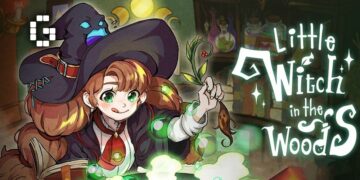
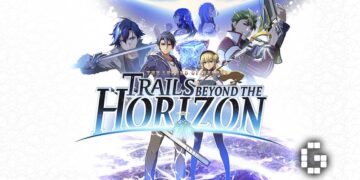
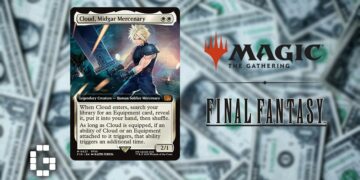

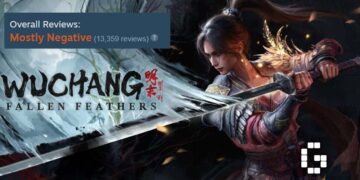
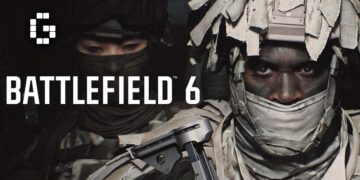
![[GUIDE] Ragnarok Crush Codes & How to Redeem Them](https://cdn.gamerbraves.com/2025/07/GUIDE-Ragnarok-Crush-Redem-Code_Guide_FI-360x180.jpg)


![[EXCLUSIVE] Creative Masterminds from Gearbox Software Reveal What Makes Borderlands 4 Worth the Wait](https://cdn.gamerbraves.com/2025/07/Borderlands-4-at-Bilibili-World-2025_Interview_FI-360x180.jpg)


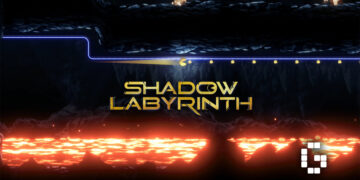

![[ASIA EXCLUSIVE] Bringing Back a Classic: Inside the Making of FINAL FANTASY TACTICS – The Ivalice Chronicles](https://cdn.gamerbraves.com/2025/06/FFT-Ivalice-Chronicles_Interview_FI2-360x180.jpg)













